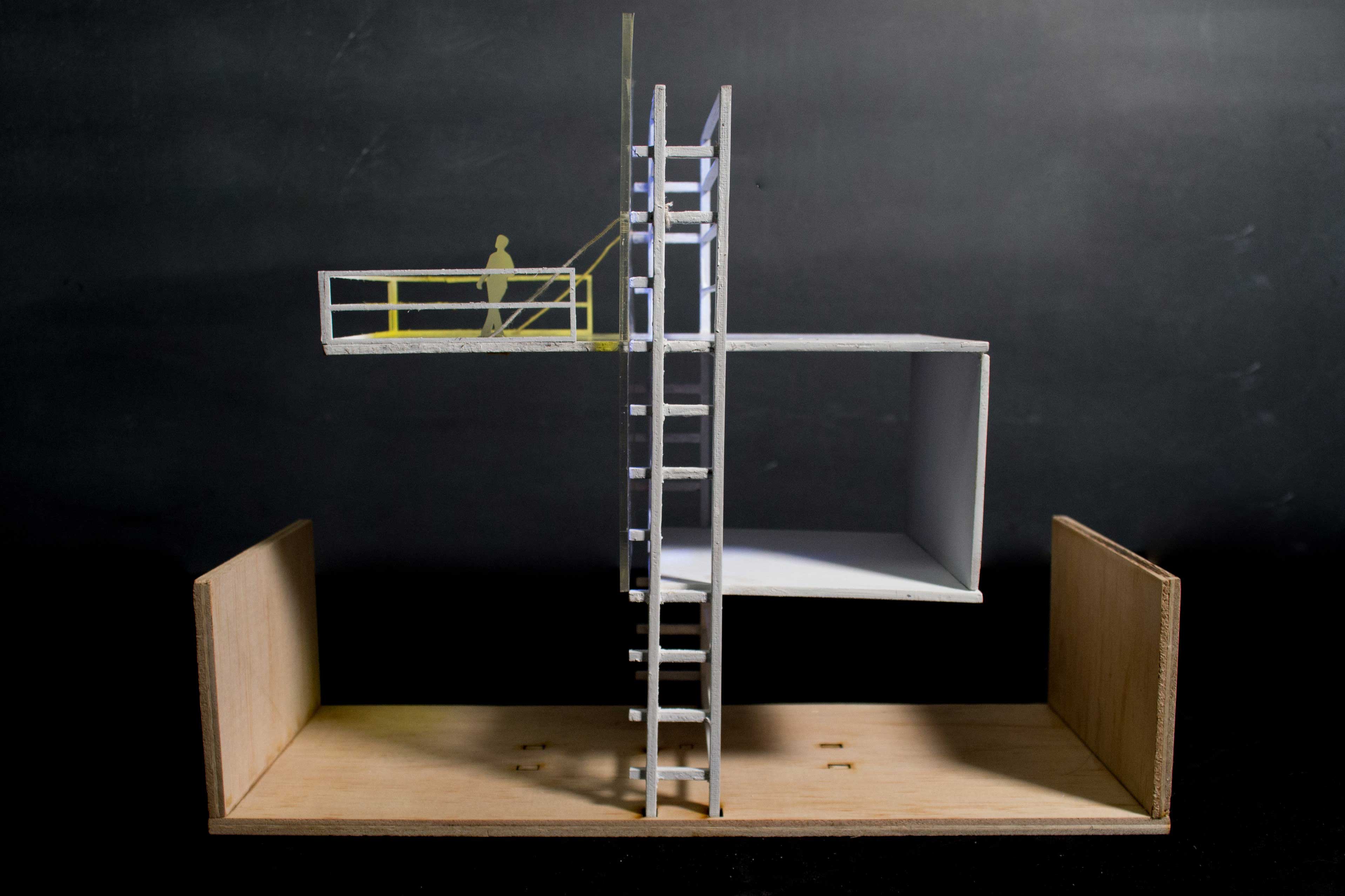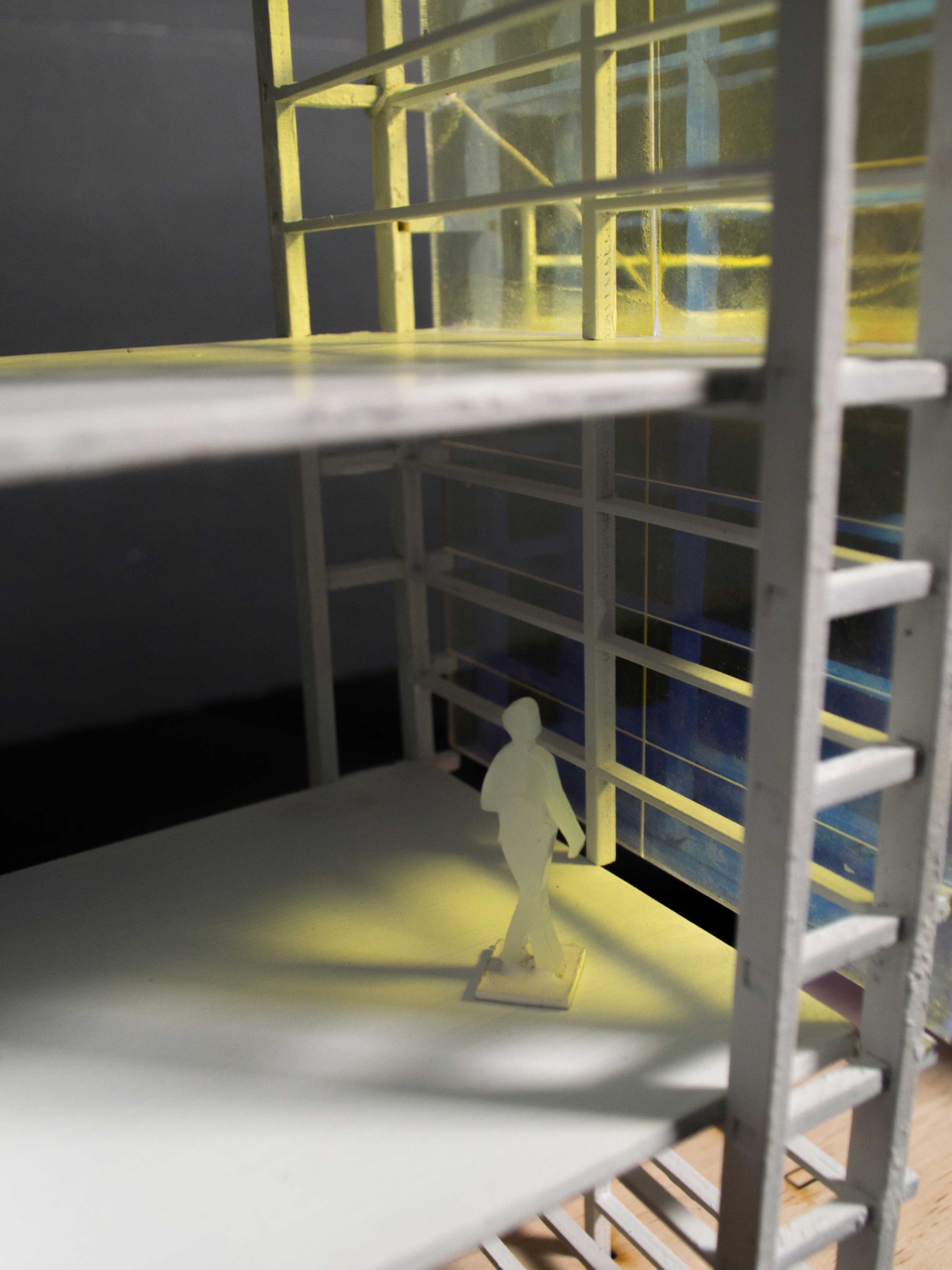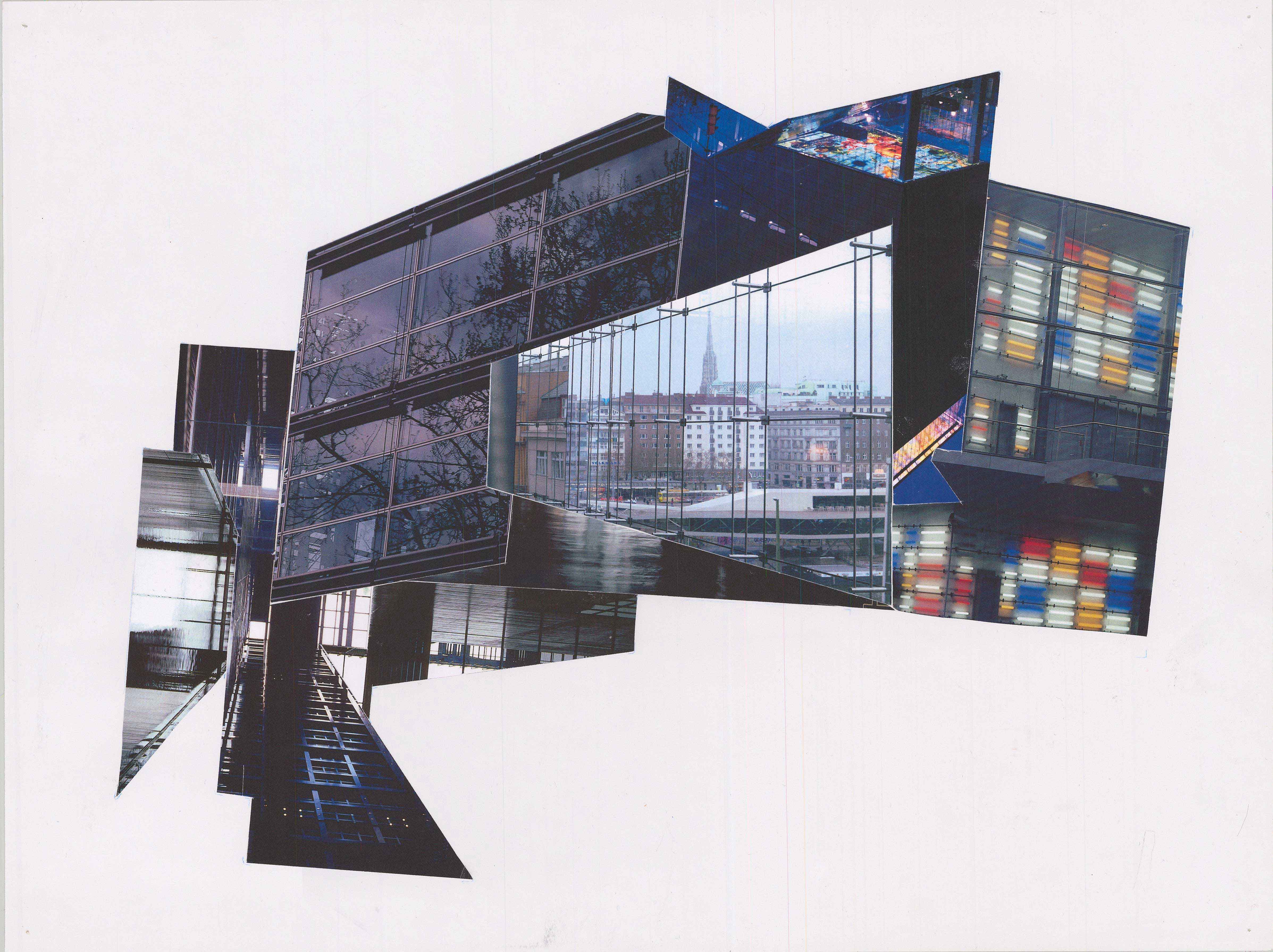Screen Sanctuary Fall 2018
About
In this studio, I was asked to develop a sanctuary for a specific collective. Sanctuary was defined as "a sacred place where pilgrims, fugitives, and others find asylum, immunity, or refuge." Part of defining the subject of this sanctuary involved understanding the world they exist in. For this, I imagine a world of complete surveillance by the state, the private sector, and society, where all individuals live as co-owned, nomadic agents within a rigid network of power that erases the distinction between private and public. Within this dynamic, certain individuals are targeted and made highly visible, while others are erased through invisibility. This is a sanctuary for those seeking the refuge of either invisibility or visibility. By making this site a point of meeting for two types of oppression, the sanctuary not only serves its inhabitants but also actively articulates the system from which the oppression originates.



To begin, I used collage to collect architectural precedents while simultaneously generating ideas about the spatial qualities of my nascent sanctuary. I was originally drawn to the temporality and light effects of textiles in design, which moved to me thinking about visibility in a serious way.
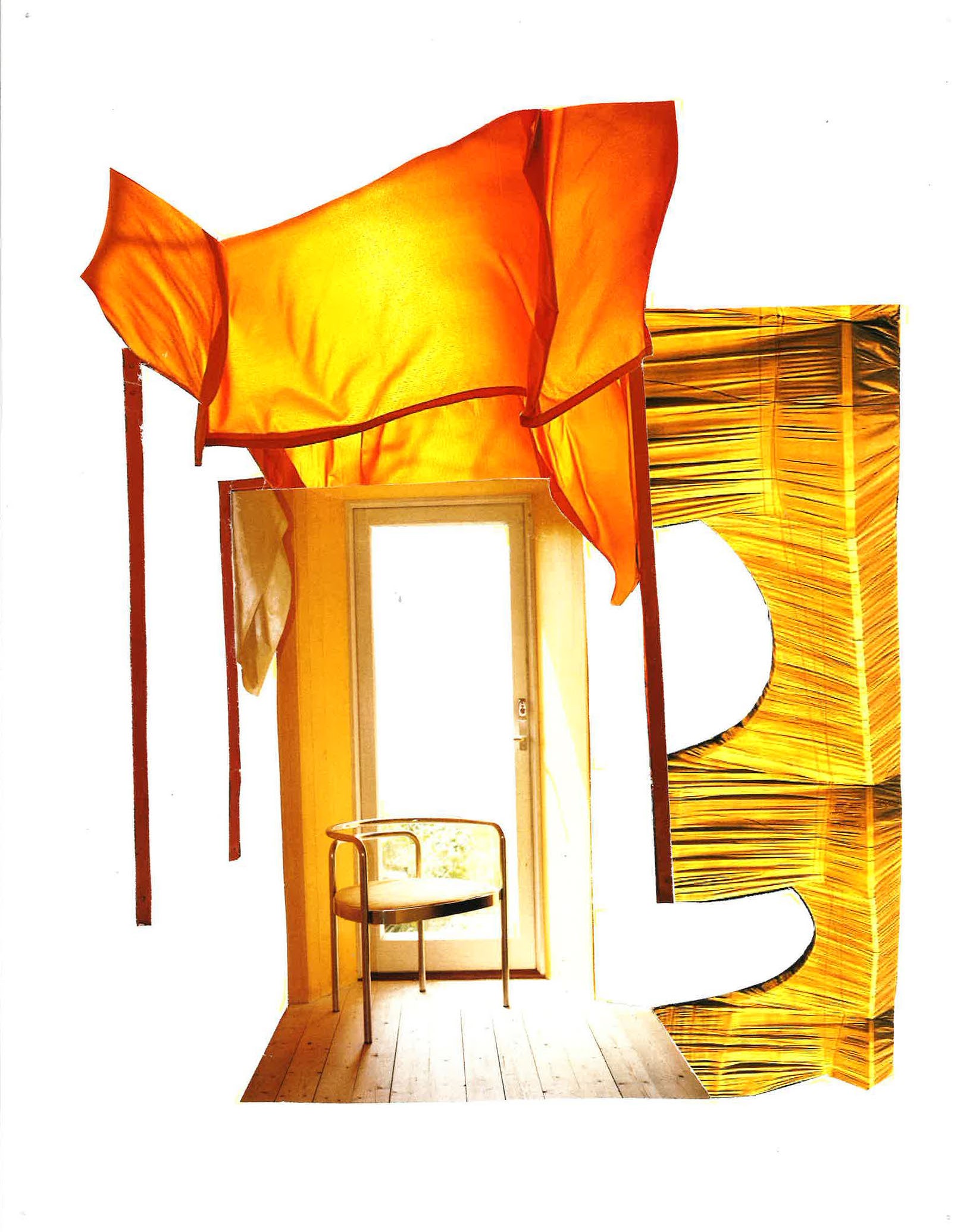
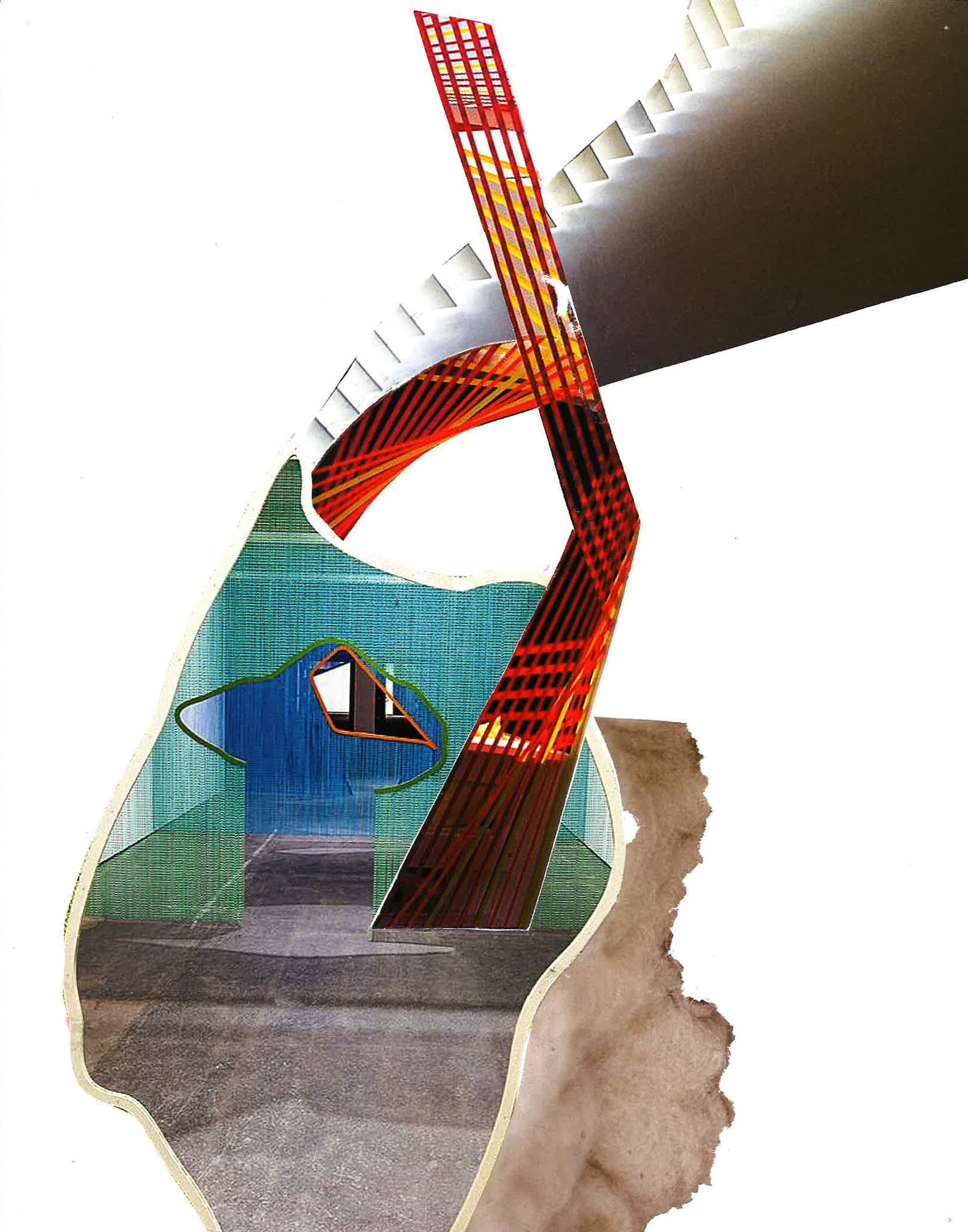

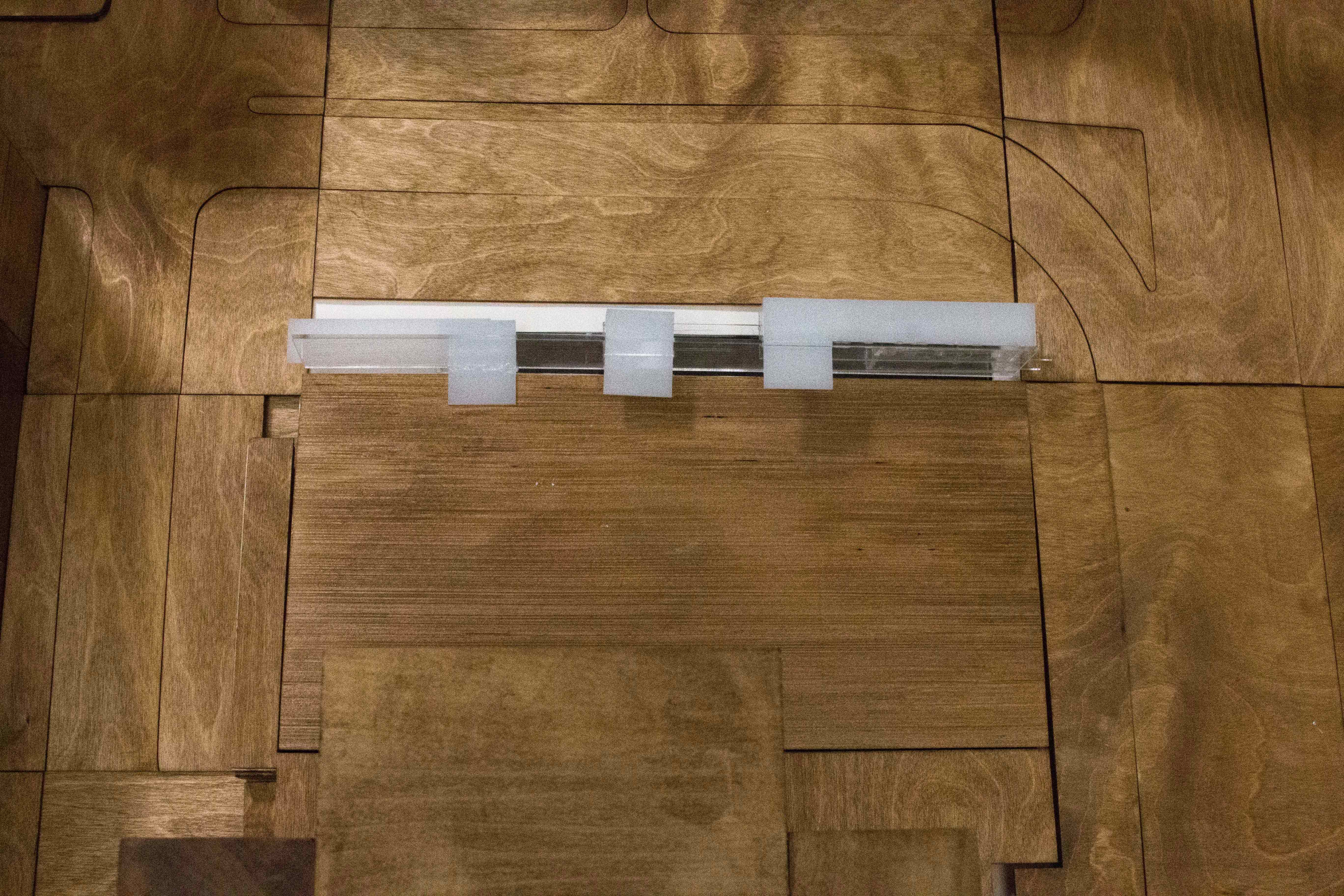
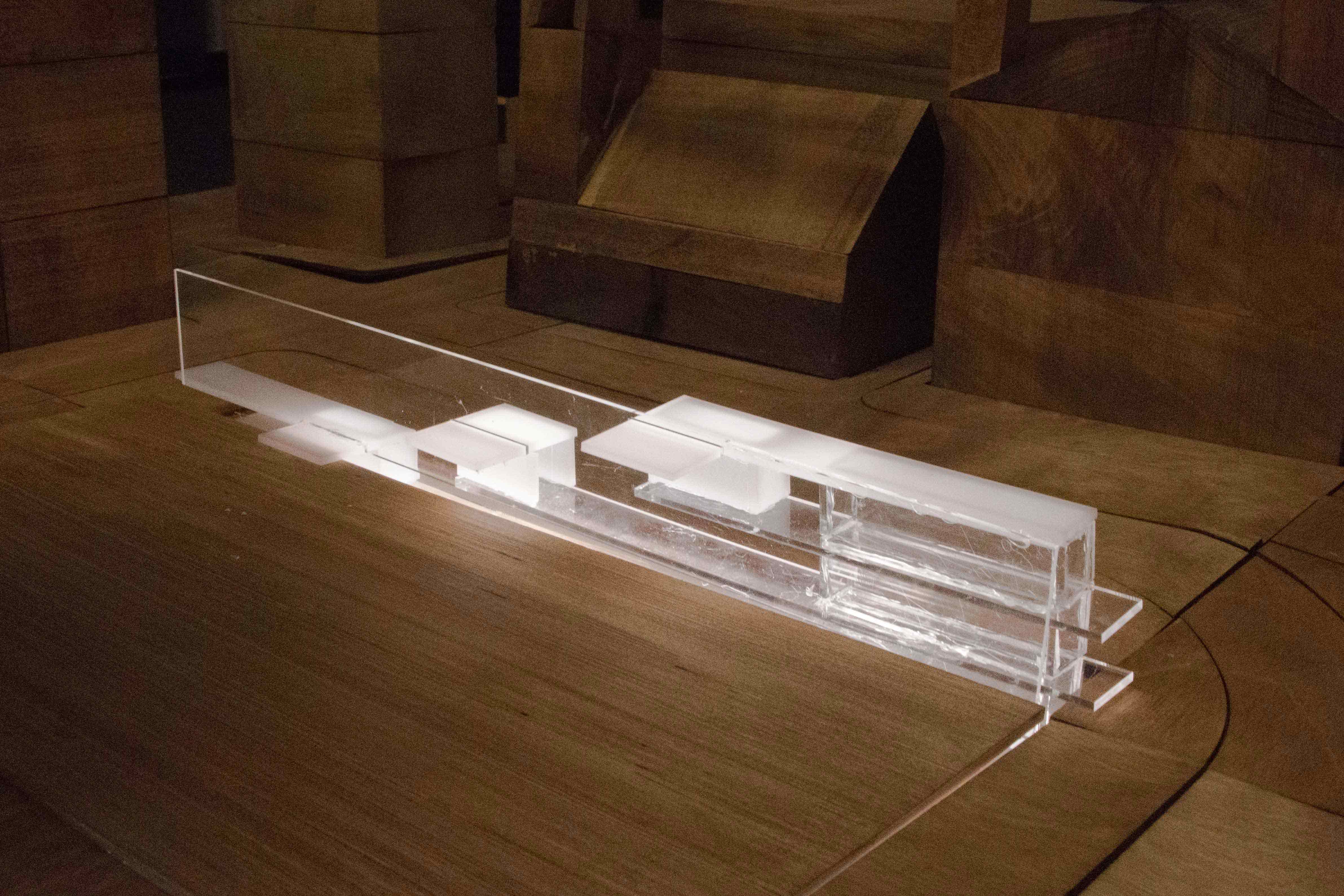
When privacy becomes obsolete and political, social and corporate systems converge to surveil every citizen without reprieve, architecture must enable one to choose their own visibility. When outside entities dissect and produce knowledge about the individual, they usurp their power of representation, allowing them to decide who becomes visible and who is erased. At the convergence of systems of power, it is architecture’s duty to serve the rights of the individual by giving them the agency to determine their own levels of visibility. Within these conditions, architecture must enable:
I. The right to visibility. II. The right to invisibility. III. The right to project your own image. IV. The right to protect your own image. V. The right to unfiltered speech. VI. The right to hide. VII. The right to be seen by the powerful. VIII. The right to see how you are being seen.
I. The right to visibility. II. The right to invisibility. III. The right to project your own image. IV. The right to protect your own image. V. The right to unfiltered speech. VI. The right to hide. VII. The right to be seen by the powerful. VIII. The right to see how you are being seen.


